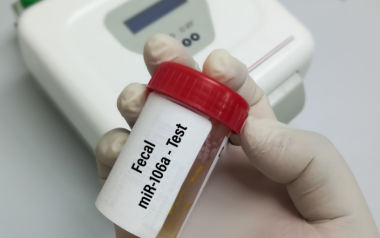23 Aug 2022
Evaluation of the pesticide embedded paint for poultry facilities
The USPOULTRY and the USPOULTRY Foundation reported completing a funded research project about the evaluation of pesticide embedded paint for […]
The USPOULTRY and the USPOULTRY Foundation reported completing a funded research project about the evaluation of pesticide embedded paint for poultry facilities. This experiment was carried out at the University of Kansas Center for Research, Inc.,
The research was made possible in part by an endowing Foundation gift from Wayne Farms and is part of the Association’s comprehensive research program encompassing all phases of poultry and egg production and processing.
Research Introduction:
The pest-control technologies that are currently in use within the poultry industry primarily rely on spraying pesticides. Despite its simple application, current spray-based pest-control methods are limited due to multiple reasons, such as:
- Only 0.3% of the sprayed pesticide goes directly into the target pest, while 99.7% enters the surface or groundwater and may contaminate them.
- Sprayed pesticide often forms aerosol which can cause respiratory problems to poultry upon inhaling, and
- Sprayed pesticide can be readily degraded even at ambient conditions (e.g., room temperature, rain, natural sunlight, etc.).
Hence, there is a need for developing a new pest-control solution.
Objectives
General: To develop pest-repellent paint for poultry facilities and assess its long-term performance.
Specifics:
- To synthesize and characterize pest-repellent paint by utilizing all plant-derived materials;
- optimize the paint’s pest-repellency by modulating various experimental parameters; conduct comprehensive and comparative repellency tests by using three independent methods that involve area preference test, mortality test, and cage test; evaluate long-term efficacy; and
- test the feasibility in a real application.
Important details of the materials and methods:
During the course of the project, researchers developed pest-repellent paint by copolymerizing epoxidized soybean oil (ESO), permethrin, capsaicin and citric acid.
Various coating parameters included compositions, thickness and crosslinking densities. Pest-repellency tests were conducted, and the paint’s long-term efficacy of pest-repellency was evaluated for 12 months.
Results
Results showed that
TO CONTINUE READING REGISTER IT IS COMPLETELY FREE
Access to articles in PDF
Keep up to date with our newsletters
Receive the magazine for free in digital version
REGISTRATION
ACCESS
YOUR ACCOUNT
LOGIN
Lost your password?







































